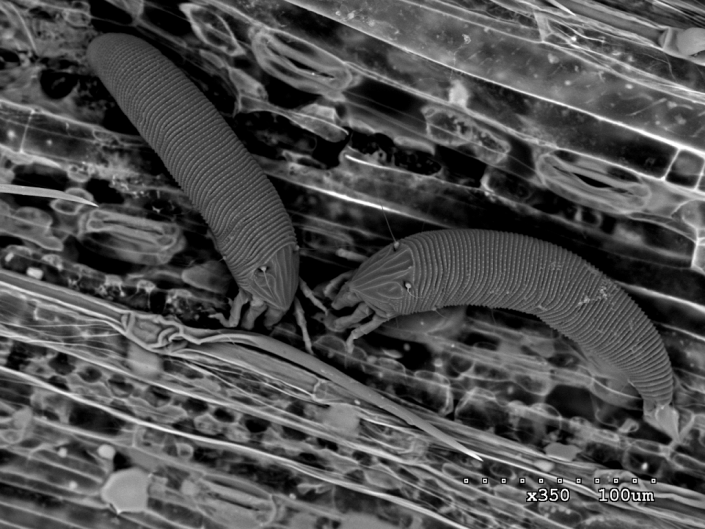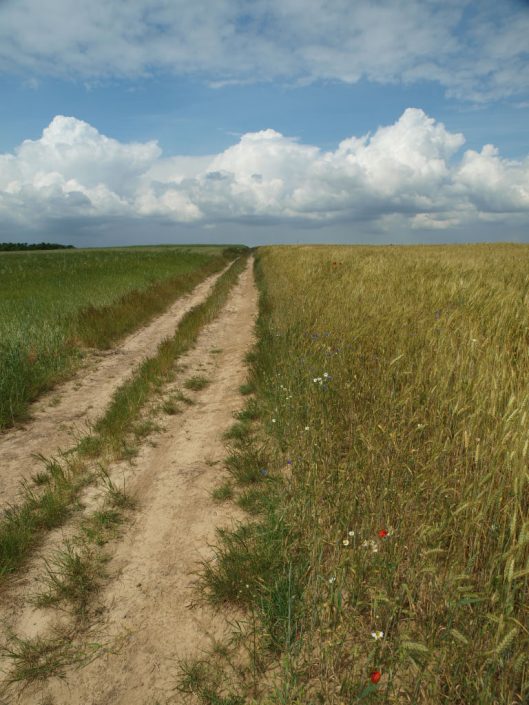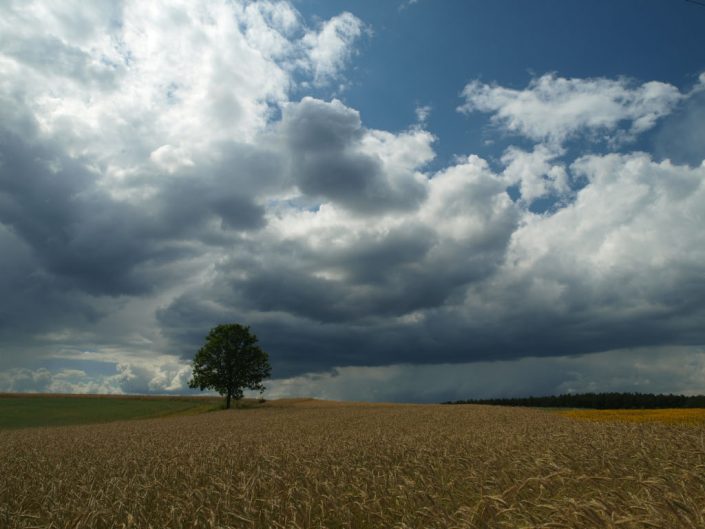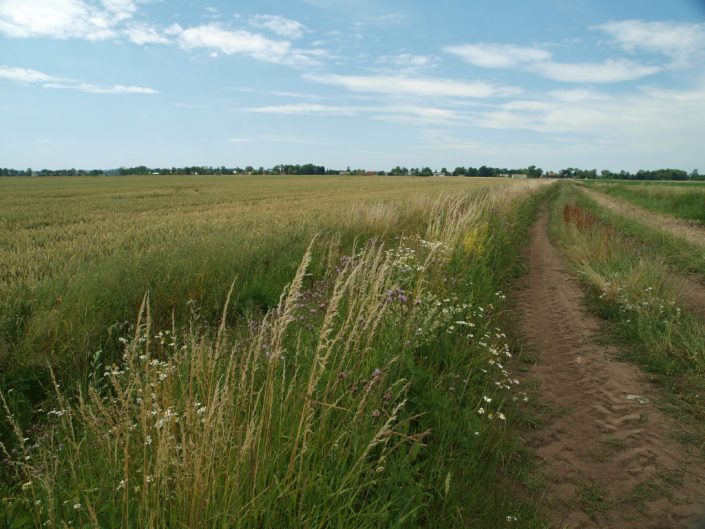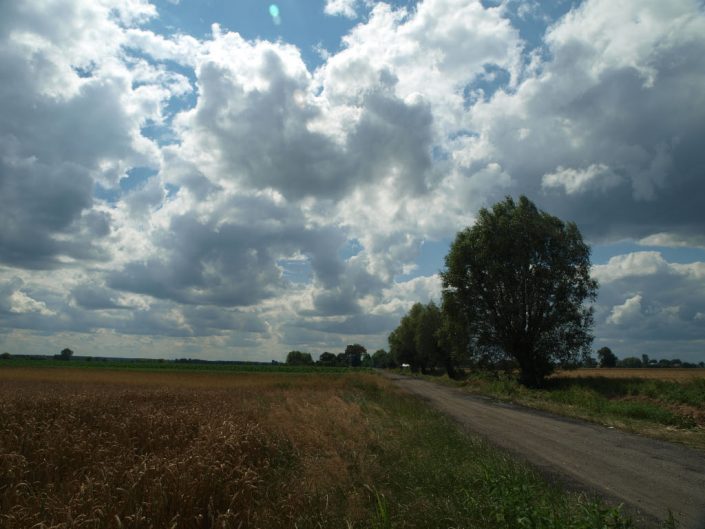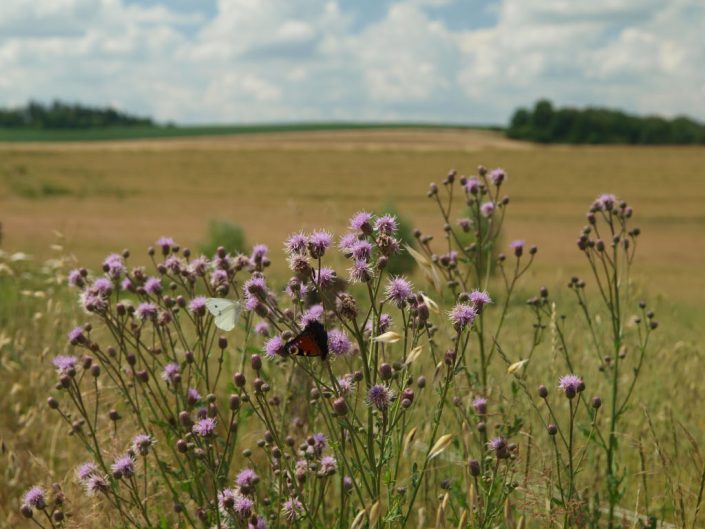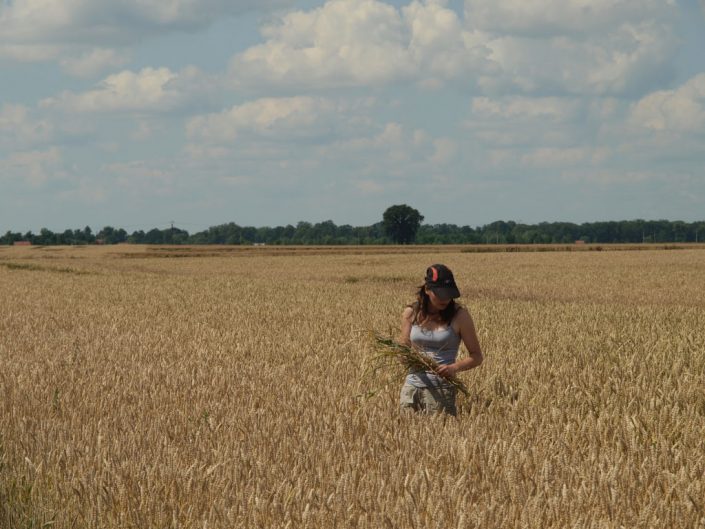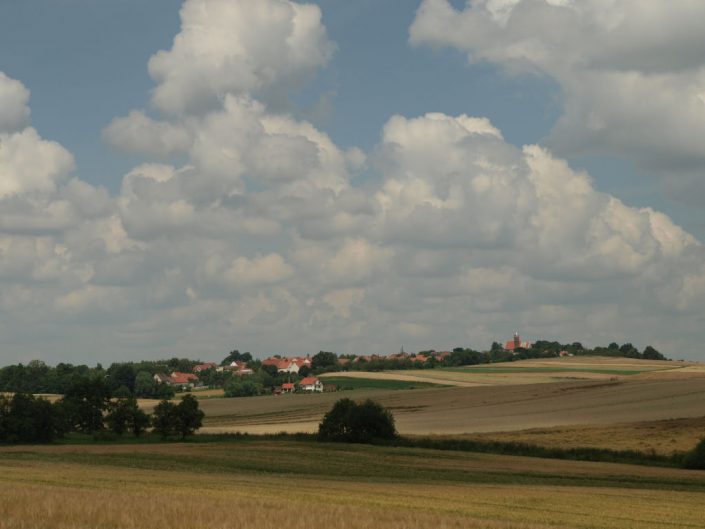Spatial distribution of Aceria tosichella biotypes differing in their host specificity and invasive potential
Funding: National Science Centre grant no. 2011/03/B/NZ8/00129
PI: Anna Skoracka
Co-investigators: Lechosław Kuczyński, Mariusz Lewandowski, Wiktoria Szydło
Description: Aceria tosichella (Keifer) (wheat curl mite, WCM) belongs to the obligate phytophagous mite family Eriophyidae and is one of the most important pests worldwide of cereals, mainly wheat. Recent research on genetic differentiation within WCM revealed that the mite is not a single species but consists of genetically distinct lineages (‘biotypes’), possibly cryptic species. Seven biotypes with divergent host specificity and potential to attack cereals have been found in western Poland. One of them (MT-1) has great invasive potential; it colonizes many grass species including cereals and it has been recently found in Australia and South America. The general aim of the study was to provide information on spatial distribution of particular WCM biotypes, especially MT-1. The hypothesis tested was that due to the broad host range and high dispersal potential of MT-1, this biotype is widely distributed in agricultural landscapes in Poland and may act as a crop pest.
Specifically, we aimed to:
- assess the distribution and abundance of distinct WCM biotypes;
- ascertain realized niches of WCM biotypes;
- understand factors determining the spatial and host-related distribution of specific WCM biotypes;
- use knowledge of biotype-habitat relationships to predict their spatial distributions.
Methods: Research included extensive and comprehensive field sampling across the entire area of Poland (> 31 million ha), DNA barcoding (on the basis on mtDNA COI and D2 28S rDNA), analysis of quantitative and environmental data, experimental assessment of population growth rate at different temperatures, and predictive distribution modeling.
Results and importance of the project: Spatial distribution maps for particular WCM biotypes were produced and factors influencing their occurrence and population density were tested. The roles of WCM biotypes as plant pests were determined and the pathway of their spreading across the studied area were shown. For two biotypes associated with cereals, thermal niche requirements were estimated on the basis of data derived from laboratory experiments, and the spatial variation of their potential population growth on the area of Poland was modeled. The predicted population dynamics showed that the majority of our country offer excellent conditions for growth of both biotypes from May to September. A much more complex diversity of WCM lineages than was previously known was revealed, currently totaling 16 lineages on the area of Poland, including nine newly discovered lineages. On the basis of DNA sequence data, phylogenetic relationships between biotypes were reconstructed and the time of their divergence was estimated, which coincides with spread of C4 grasses and grasslands on all continents. Overall, the project contributes to the knowledge of (i) ecological and genetic variation within the WCM complex, (ii) distribution and abundance of each WCM biotype on the area of Poland, (iii) host ranges of particular biotypes, (iv) environmental factors that influence population density and dynamics of WCM biotypes, and (v) the evolutionary history of WCM. Additionally, predictive distribution models resulting from this research enable identification of high risk areas of pestiferous WCM biotypes and design of applied plant protection strategies. Thermal niche data of biotypes associated with cereals can be incorporated into management strategies for both current and predicted climate scenarios.
Selected publications:
Skoracka A., Lewandowski M., Rector B.G., Szydło W., Kuczyński L. 2017. Spatial and Host-Related Variation in Prevalence and Population Density of Wheat Curl Mite (Aceria tosichella) Cryptic Genotypes in Agricultural Landscapes. PLoS ONE 12(1): e0169874. DOI: 10.1371/journal.pone.0169874
Kuczyński L., Rector B.G., Kiedrowicz A., Lewandowski M., Szydło W., Skoracka A. 2016. Thermal Niches of Two Invasive Genotypes of the Wheat Curl Mite Aceria tosichella: Congruence between Physiological and Geographical Distribution Data. PLoS ONE 11(4): e0154600. DOI: 10.1371/journal.pone.0154600
Skoracka A., Magalhães S., Rector B., Kuczyński L. 2015. Cryptic speciation in the Acari: a function of species lifestyles or our ability to separate species? Experimental and Applied Acarology 67: 165-182 , DOI: 10.1007/s10493-015-9954-8
Skoracka A., Rector B., Kuczyński L., Szydło W., Hein G. and French R. 2014. Global spread of wheat curl mite by its most polyphagous and pestiferous lineages. Annals of Applied Biology 165: 222-235, DOI: 10.1111/aab.12130


